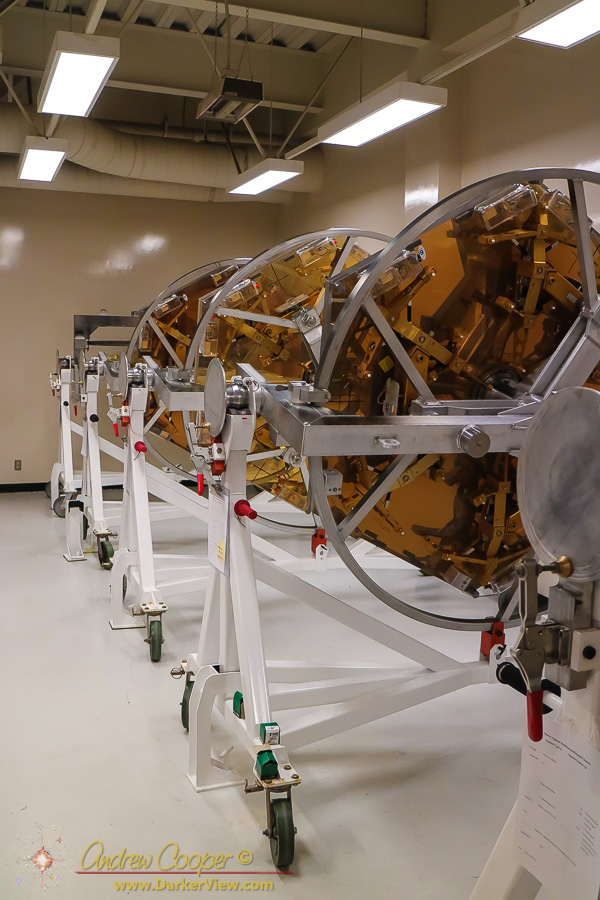
Category: Working at Keck
Working atop The Mountain
Keck Celebrates 25 years Since First Light
W. M. Keck Observatory press release by Sean Adkins…
Every night, all over the world, people look up at the sky and wonder about the distant stars. Here in Hawaii we have the privilege of looking up at a very dark sky, but even here with the naked eye we can only see a few thousand stars. This is mainly because of the small size of the lens in our eye, which limits the amount of light it can gather, and also limits the detail we can see for those incredibly distant objects.
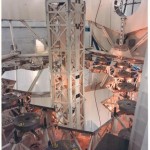
First light, the first time light from the night sky is focused into an image by a telescope, is a very special event for the community of people required to build and use them, accompanied by a nearly mystical sensation as it culminates years of dedication to completing the project and bringing the Universe a little closer to all humankind.
Since the invention of the telescope 400 years ago, we have been looking at the sky in with much bigger manmade eyes, seeking to learn more and more about our Universe. This has been possible because we have been able to build larger and larger telescopes. For a time telescopes were developed with either lenses or mirrors, but the understanding of telescope design improved, telescopes using mirrors became the choice for larger telescopes. In 1977 the largest telescope on earth was the Hale telescope at Mount Palomar, with a mirror 5 meters in diameter. Astronomers at the University of California knew that their research was reaching the limit of what could be done with the Hale and smaller telescopes, and so they started a project to design and build a 10 meter telescope. This was a very ambitious goal, since even the Hale was known to have limited performance because of the tendency of its mirror to change shape as the telescope was pointed at different places in the sky.
Continue reading “Keck Celebrates 25 years Since First Light”
Keck Staff
Almost the entire Keck Observatory staff forming the hexagonal outline of one of the primary mirrors. Seeing the size of one of the mirrors like this really puts things in scale.
Our director, Dr. Hilton Lewis, is center front. Do not look for me… I am standing on the ladder taking the photo.

The Keck Observatory Archive
The data produced by the W. M. Keck Observatory is available for anyone to view. This may come as a surprise to some who assume that astronomers hoard their precious data and jealously deny any access. I have also seen claims by anti-TMT activists who claim that telescope data is secret and access is restricted to some authorized group. It is a common theme I have seen repeated quite a few times during the Astronomy on Mauna Kea debate.
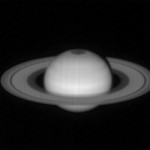
“There is an appointment signup of experts of bureaucrat choosing and the findings disappear amongst the grant supported or institutions we have no knowledge about” – Claire Templeton in a Facebook comment 16Aug2015
The idea is at least understandable. Much of modern astronomy is fairly arcane to the layman, not easily understood and seemingly mysterious. It does not have to be that way, the images and data are fully public. A small community, including astronomers and amateur astronomers, has learned to use the data to do science, or to simply peruse for their own edification. All it takes is an evening of educating yourself and you have access to a huge array of data.
The astronomers do guard their data and deny others access, but they are only allowed to do this for a limited period of time. This gives the astronomer exclusive use of their data long enough to complete the research and publish the paper. The amount of time they have exclusive use varies by telescope and institution, but it is usually a year or two. For the W. M Keck Observatory the data is usually embargoed for 18 months. Once the exclusive period expires the data is available to anyone and is posted in the online public archive.
Keck’s archive is known as KOA, or Keck Online Archive. Also a nice reference to the beautiful Koa forests that are common on the windward slopes of Mauna Kea. Here you can search and peruse twenty years of Keck data.
Hawaiian Heavens
You might recall a post from back in May describing a night spent on the summit with Jason Chu. He has been accumulating time lapse material for a significant project, capturing the telescopes of Mauna Kea under the beauty of the night sky.
Jason has published a preview of the work. Nice to see it come to life with a decent soundtrack and good editing…
A Change in Mood on the Mountain
There has been a tangible shift in mood on the mountain. I sense this change in all I talk to. The sentiment toward the TMT protesters has turned from one of tolerance to active hostility. They crossed a line, and I think everyone knows it, including the protesters.
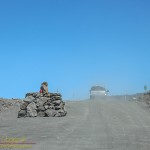
That has changed.
Everyone who works on the mountain understands that the road is an absolutely vital link. It is the only means by which to evacuate the summit in an emergency, the only route by which help can come in the case of trouble. Contrary to many glib Facebook assertions our local fire department helicopters can not operate safely at high elevation. I have seen comments by protesters that downplay the danger, they simply do not understand the seriousness of their actions.
Meanwhile, the mainstream media has been parroting this “public safety concern” language. Of course, they are trying to deceive the public into thinking the Mauna Kea Protectors and the pohaku present the safety hazard. They are lying. – Will Falk
“Pohaku” is of course the Hawaiian word for stone. In his writing Will waxes poetic about the effort and the beauty of placing the rocks on the road, then calls the safety concerns “lying”. His casual disregard for safety is distressing, and typical of those who simply disrespect the mountain, her beauty and her risks.
No Trouble
The new dome and shutter control PLC finally had it’s first night on-sky. The result? No fuss, no trouble, it just worked as designed. To have everything go so smoothly was very satisfying. So much work and trouble, so much worry on my part. Yes, I had performed two days of testing, but this would be on-sky, at night, the final test.

As the last rays of sunset gleamed I took Capt. Marvel (the radio controller for the dome) and went up onto the roof. From there I commanded the shutters to open, watching with satisfaction as the giant assemblies smoothly opened to the night.
Better yet, the night was partially used for testing the new telescope control system, the TCSU project. Thus the new PLC was tested with both the old system and the new telescope control system.
The result of all my worry was a simple one line write-up from the telescope operator in the logs the next morning… “New dome PLC operations successful. No issues.”
Shattering the Silence
It has been over three months since the protest began. Three months of standoff with the protesters who would not see another telescope built on Mauna Kea.
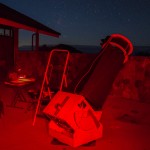
It is with my handmade 18 inch telescope that I can truly gaze into the depths of space. This simple device of plywood and glass allows me to see galaxies millions of light years into the past. With this telescope I have seen hundreds of galaxies, giving me a glimpse of the indescribable vastness of space.
Often I would set up in the patio right at the Mauna Kea Visitor Information Station. The first couple hours spent talking with visitors, showing them the wonders our universe has to offer. After the VIS closes the visitors depart, driven back to their hotels by the cold mountain air. I have a heavy winter jacket, ski-pants, a thermos of hot tea, everything I need to be comfortable under the night sky. I would have the rest of the night to myself, just me, the mountain and the stars.
A Day of Protest
From all accounts it was a bit of crazy on the mountain today. I did not attempt to go up, even though I had originally been scheduled to do some training today for the summit crew. I have spoken with guys at HP and gotten fragmentary information here and there.
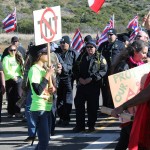
This is also the day I got called in to our HR manager’s office to discuss my blogging. It seems someone, who I will not name but is probably reading this, was not happy with my getting quoted on the BIVN website. Not that I gave David Corrigan the quote, he simply lifted it out of my Monday post about the ahu being constructed at the TMT site. Which is interesting as I was only noting the blindingly obvious fact that the protesters had assembled the ahu in the middle of the road as a dare to the construction crews. In response I simply noted that I had complied with observatory policy.
TMT Construction Restarts
With the announcement the TMT will restart construction everything seems headed for a showdown on the mountain. The protesters are clearly preparing for action. The day is Wednesday. I was scheduled to do a training session for our crew this Wednesday, I have cancelled this. This sort of thing is common as the rest of the observatories consider how we will deal with a possible prolonged blockage of the road.

Dan confirms that the rocks were rounded boulders in mixed sizes. Rounded rock, as one would find in a stream bed, is particularly desirable in the building of a proper sacred structure such as an ahu or heiau. According to legend that the rock to build the great heiau at Puʻu Kohala was hauled all the way from Waipio Valley by a chain of men across the island.
Obviously they are daring the construction crews to dismantle the structure, then to be able to claim desecration when that happens. Whatever happens our crews will have a first hand view from our site overlooking the TMT site.
I hope for more updates as the situation evolves. With Wednesday cancelled I still hope to go up Friday to complete a few things, whether I do attempt to go up is a bit indeterminate at the moment. Will wait and see.
